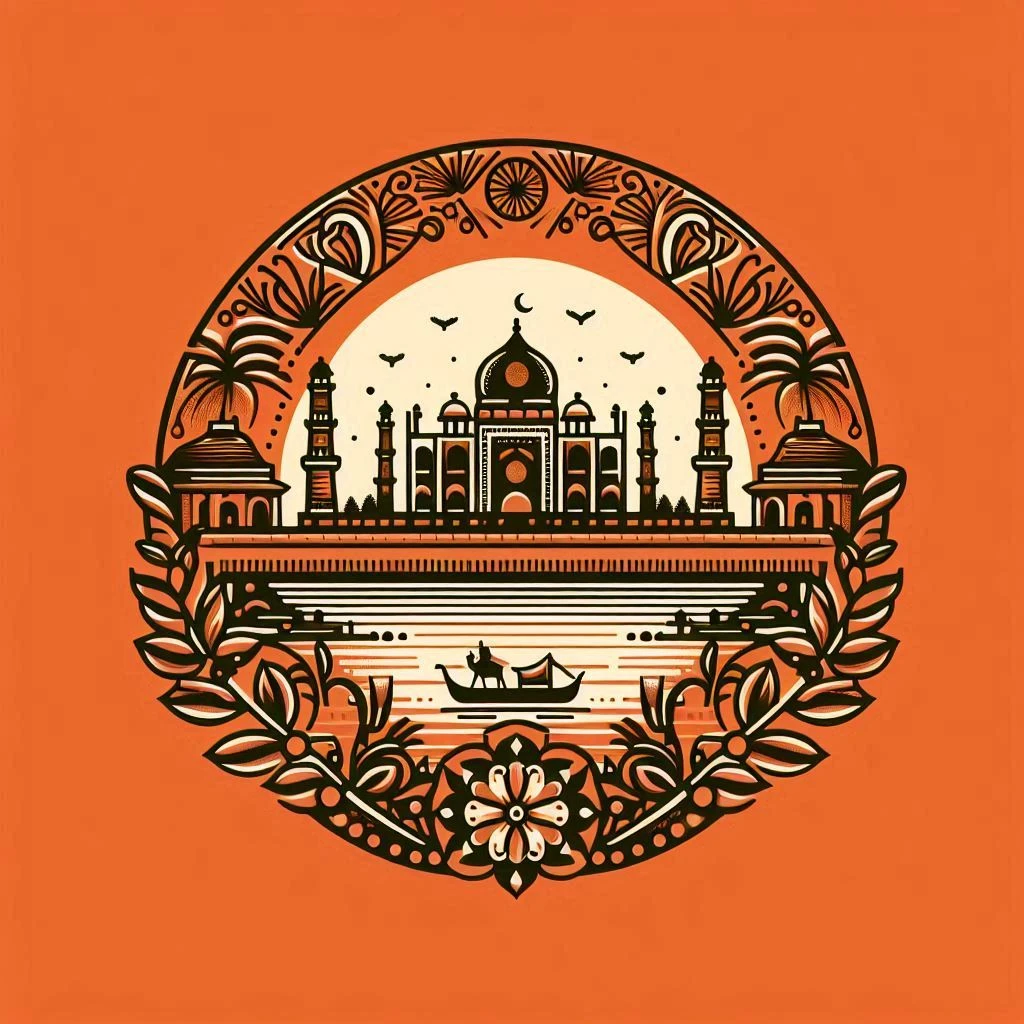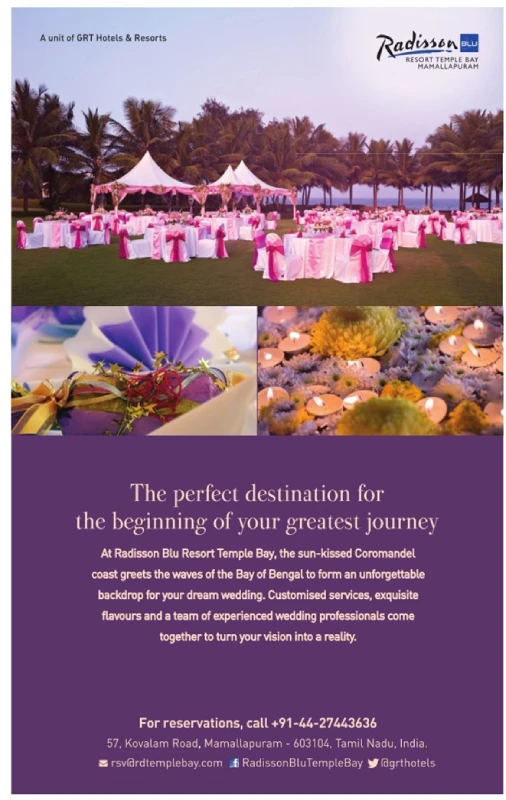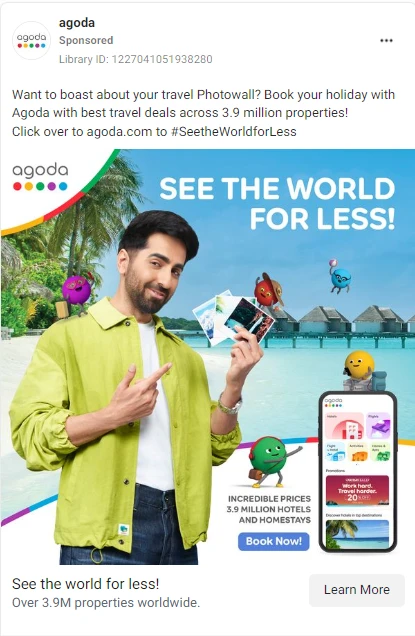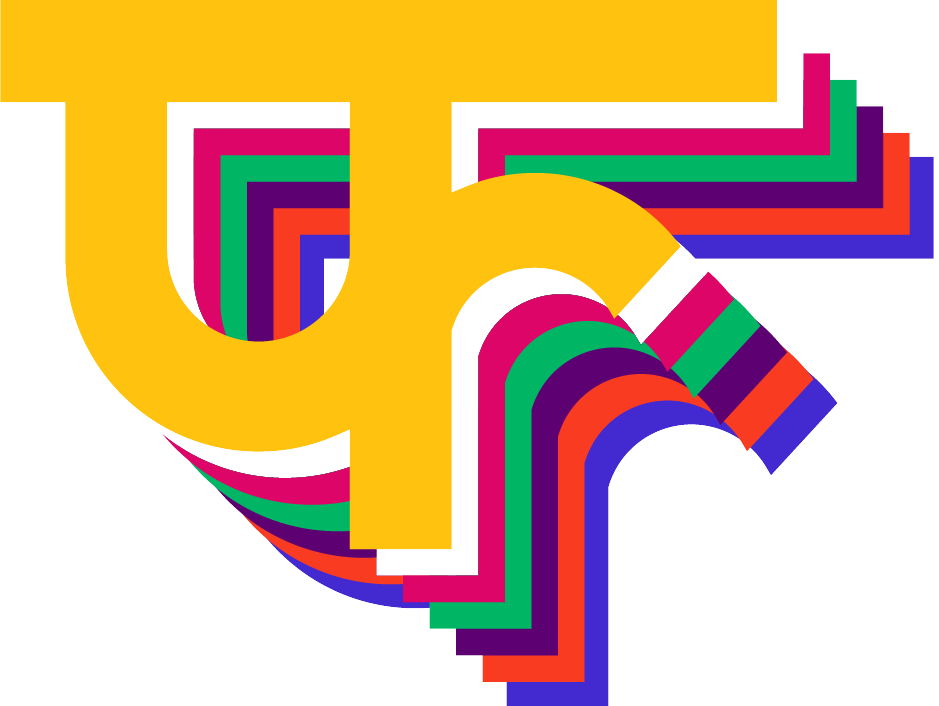
You might agree that the hospitality sector has undergone some major changes in the past few years. That’s why marketing for hospitality brands has evolved too.
Today, consumers are more connected, informed and demanding than ever. So how do you adapt your advertising techniques so that it appeals to them?
Let’s understand it through the blog!
Table of contents
- How Advertising Has Evolved in the Hospitality Sector
- Although These Traditional Advertising Techniques Still Hold Value
- But Adapt To This Digital Advertising Strategies As Well
- Personalisation is the Current Trend in Hospitality Marketing
- Conclusion
- Frequently Asked Questions
How Advertising Has Evolved in the Hospitality Sector
To understand where hospitality advertising is today, it’s important to look back at how things have evolved. In the early days, hospitality brands focused on print media and TV ads.
Large hotel chains would run ads in newspapers like The Times of India.

Later on websites became the digital storefronts for hotels and resorts and online ads – especially Google Ads – became an effective way to attract potential guests. Social media soon followed, completely changing how hospitality brands connect with their audiences. Suddenly, it wasn’t just about what the brand was saying but how consumers were interacting with it.
Today, hospitality advertising is a multi-channel experience. Consumers don’t just want to see an ad – they want to see what experience you are offering. They are seeing vlogs and Instagram reels and watching out for local attractions. Basically, they want to make an informed decision by analysing everything.
You are supposed to inform them through advertising.
Plus, brands need to be everywhere their potential guests are. For instance, a luxury resort in Goa might focus on building a strong Instagram presence with high-quality images and influencer collaborations, while a budget hotel chain like OYO could rely heavily on targeted ads and deals promoted through Google and Facebook to attract last-minute bookings.
Although These Traditional Advertising Techniques Still Hold Value
Though digital marketing is the dominant force in today’s advertising world, traditional techniques still hold value, especially in India, where a large chunk of the population still consumes traditional media. Here are some traditional strategies that continue to be effective:
1. Print Advertising
Despite the digital boom, print advertising remains relevant, particularly in popular travel and lifestyle magazines like Outlook Traveller or national dailies like Hindustan Times. For instance, a premium hotel in Kerala might advertise in India Today during the holiday season to attract affluent travellers looking for a luxury getaway.
However, the ads need to stand out. You could stand out with an offer or maybe make it witty depending upon your brand personality and tone.
But make sure it’s well thought out.
2. Out-of-Home (OOH) Advertising
Billboards, airport displays and metro ads can be incredibly effective, especially for targeting business travellers and holidaymakers. A large, eye-catching billboard for a scenic resort in Uttarakhand in a bustling city like Delhi or Mumbai can spark interest among urban dwellers looking for a quick getaway. Similarly, placing ads in airports can attract travellers right before they make their booking decisions.
Now you might also want to OOH advertising with digital marketing. No worries! — you can read this blog here— OOH (Hoarding) Advertising vs. Digital Marketing: Which is the Best?
3. TV and Radio Spots
TV and radio remain powerful mediums in India, especially for older audiences or those in smaller towns and cities.
Brands like Club Mahindra still run television commercials. In fact they recently launched a TVC that showed a son gifting 25 years of Club Mahindra’s membership to his parents so that they could go on exciting holidays and spend quality time.
You can also find some emotional angles and centre your TVC around them. This way, people are more likely to remember your ad.
But Adapt To This Digital Advertising Strategies As Well
Now, let’s talk digital, where the majority of advertising action happens today. These techniques not only help you reach a broad audience but also allow precise targeting and personalisation, resulting in measurable results.
1. Search Engine Marketing (SEM) and Pay-Per-Click (PPC) Advertising
Being easily discoverable online is critical in the hospitality industry. This is where SEM and PPC ads come into play. Pay-per-click advertising, especially on Google, allows your hotel or resort to appear at the top of search results when travellers search for accommodation in your area. By using targeted keywords like “best hotel in Jaipur” or “luxury resort in Kerala,” you can attract people actively searching for stays.

You can also run similar ads as shown in the above image. For instance–you want to attract people to your beach resort property in Goa. If someone searches for “best beach resorts in Goa,” your ad can appear right at the top, bringing them directly to your website.
SEM offers highly measurable outcomes – you can track clicks and conversions and know which ads drive the most bookings, making it easy to fine-tune your strategy.
2. Social Media Advertising
You can use social media platforms like Facebook, Instagram and YouTube for advertising given the vast user base of social media users in India.
Meta ads platforms advanced targeting lets you segment your audience based on their interests, location, age and even their previous travel history.
Instagram, with its visually engaging platform, is perfect for showcasing hotels and resorts with stunning visuals.
Take the example of Taj Hotels, which creates visually immersive Instagram posts showcasing everything from their luxurious rooms to royal experiences.
Similarly, booking platforms like Agoda run targeted Facebook ads offering discounts for budget travellers.

You can contact a digital marketing agency to run this type of digital ad campaign. The agency will create ad creatives that address customer’s painpoint. They will also know the right person to target for the ads.
This way you make sure that your budget is allocated optimally.
3. Influencer Collaborations
Collaborating with popular travel influencers on Instagram and YouTube can give your brand credibility and help you reach a wider, more engaged audience.
For example, you can partner with well-known travel bloggers and influencers to showcase their properties through Instagram stories, reels and YouTube vlogs. These influencers document their stay, share the property’s amenities and offer followers an insider view of the experience, generating interest and bookings from their fanbase.
However, make sure the influencers you are selecting resonate with your target audience. Partner with a social media marketing agency if needed.
4. WhatsApp Marketing
You can now use WhatsApp to engage with potential guests by sending personalised offers, booking confirmations and even virtual tours of their properties. This direct form of communication helps brands build a personal relationship with their audience and can lead to higher conversion rates.
Plus, most people around us would check their WhatsApp regularly. And most trips are planned on group chats. If your target customer comes across your message, they can easily forward it to their groups.
You can run an offer for group bookings and promote it using WhatsApp.
Personalisation is the Current Trend in Hospitality Marketing
One of the most significant trends in hospitality advertising is personalisation. Clearly, the industry is centred around creating tailored experiences for guests. Hence, this shift is completely understandable.
According to an article by Hotelier, personalisation is everything. Why not follow this approach in marketing as well?
Here’s how you ca introduce personalisation into your marketing efforts.
1. Dynamic Ads
Dynamic ads allow you to show personalised messages and offers based on a user’s behaviour. For instance, if someone visited your website and looked at family vacation packages, you could retarget them on Facebook with an ad offering a special family rate.
The best hospitality digital marketing agency can help you personalise your advertising efforts in this way.
2. Email Marketing
Email marketing remains a highly effective tool for sending personalised communication to past and potential guests. By using customer data, you can segment your email list and send tailored offers.
For example, if someone frequently books stays at your hotel during the holiday season, you can send them an email with an exclusive discount for the upcoming Diwali holidays.
In Conclusion
The world of hospitality advertising is exciting and full of opportunities, especially in India’s ever-growing market. To make your advertising efforts more impactful, focus on personalisation, leverage the right digital tools and measure your performance to ensure you’re getting the best ROI.
If you need help planning and executing an effective advertising strategy, reach out to us at hello@florafountain.com.
Team Flora Fountain will help you create best-in-class advertisements that will foster growth in the long term.



